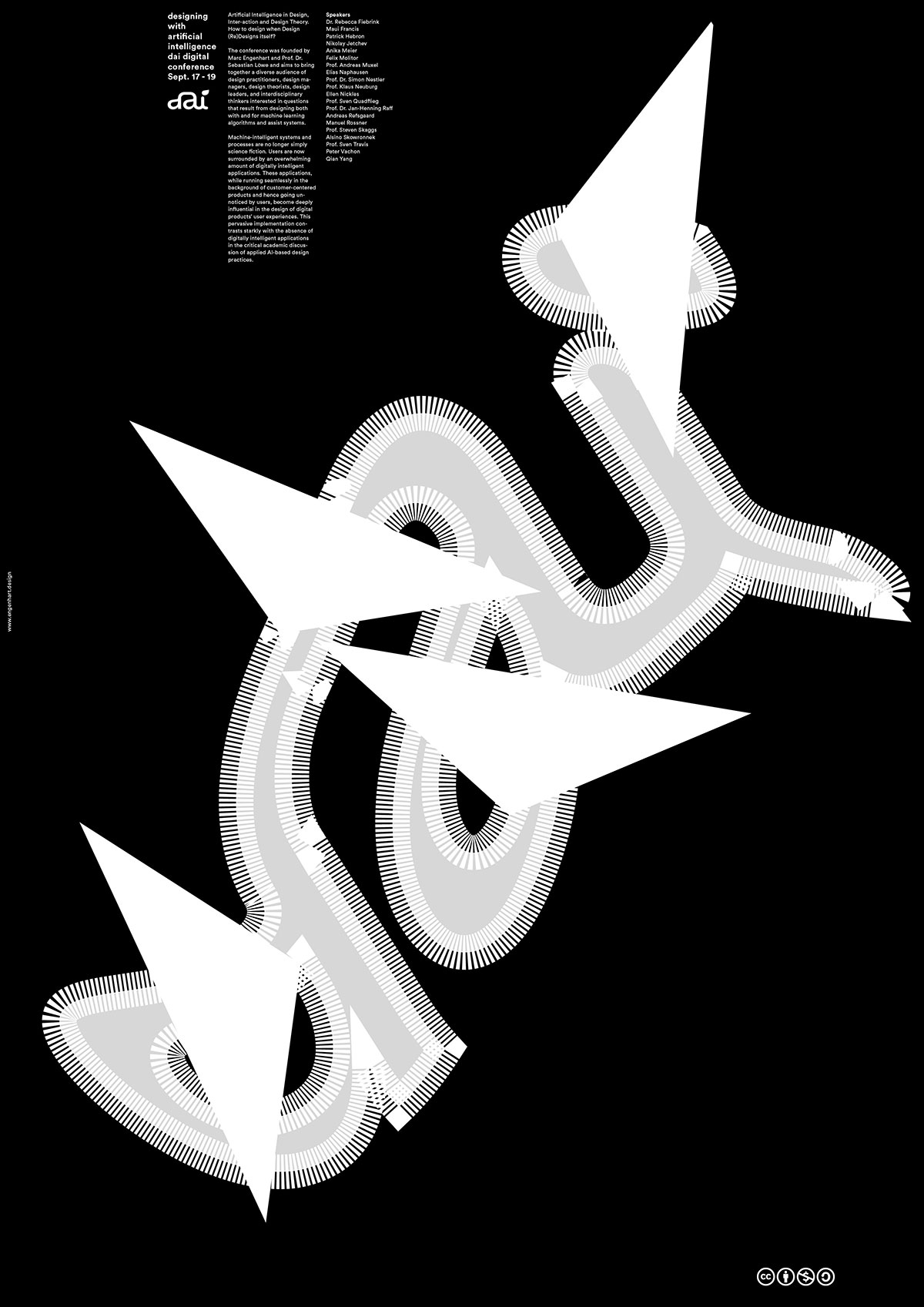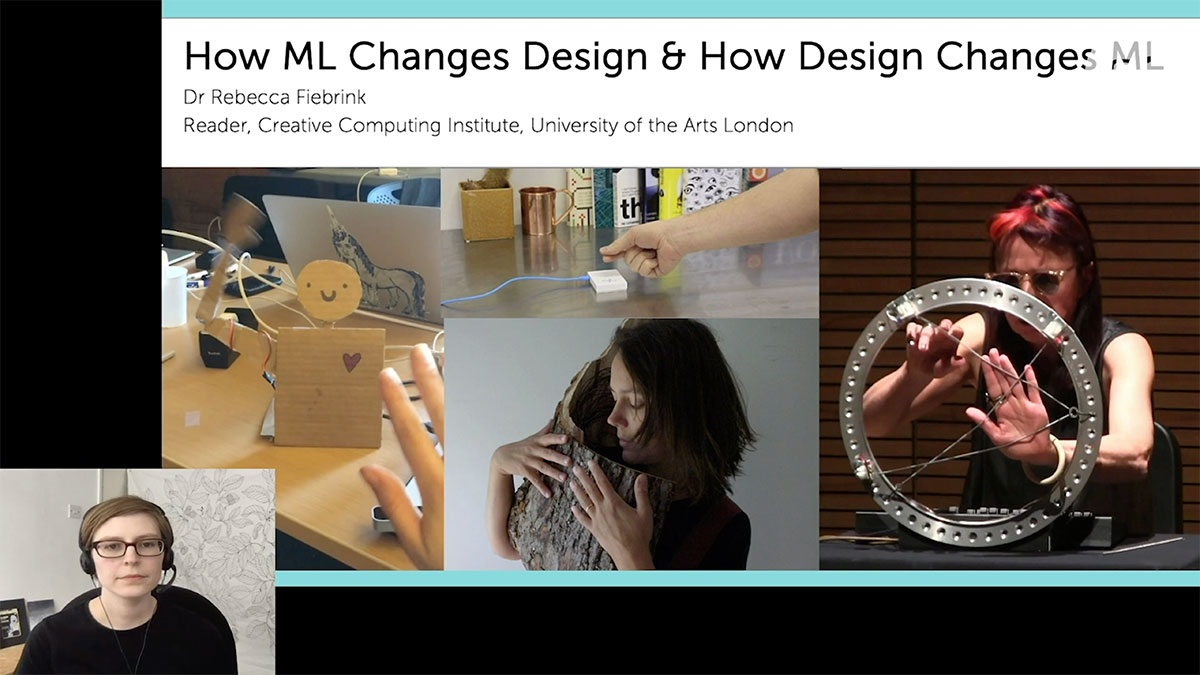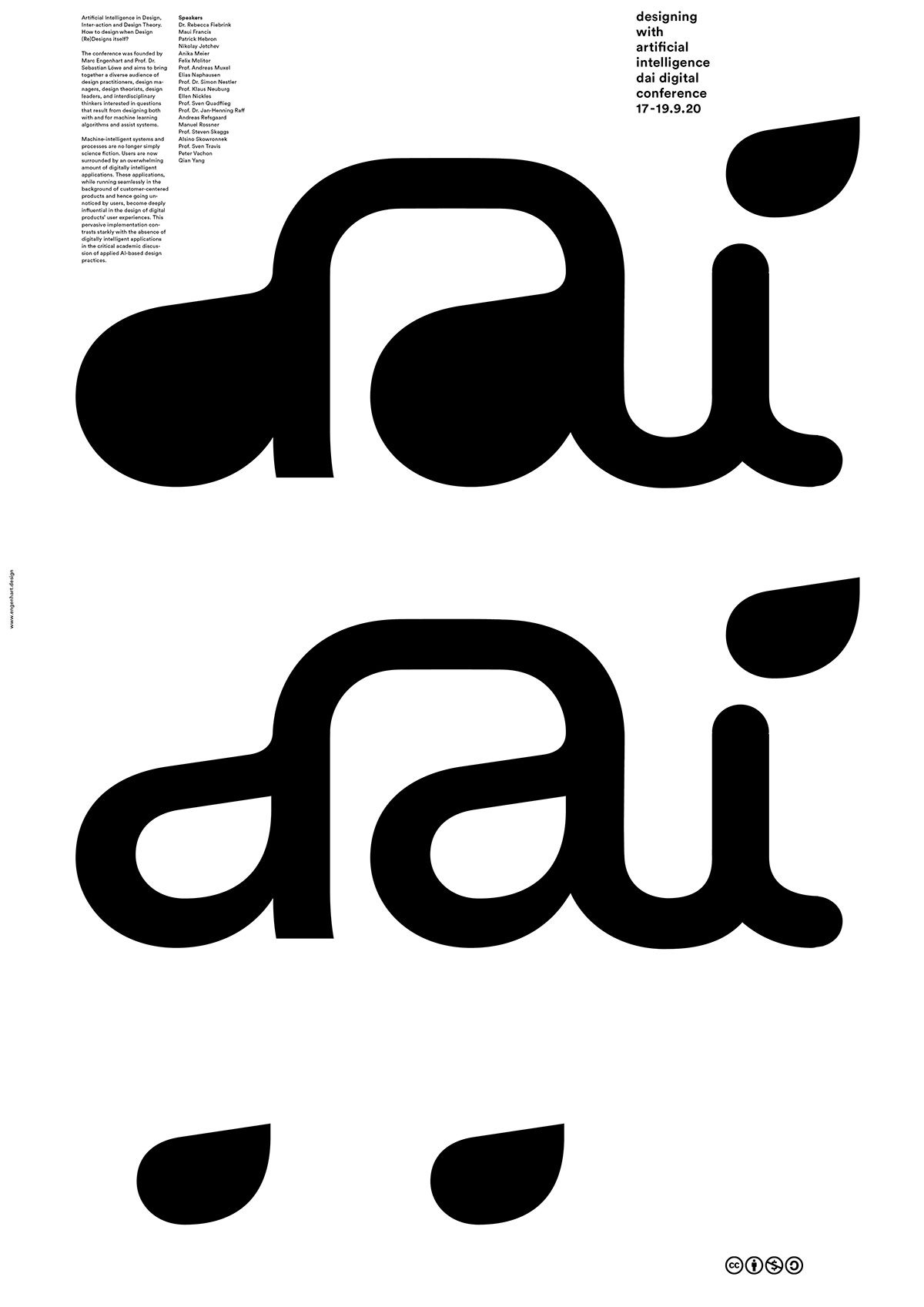dai—Designing with Artificial Intelligence Conference / Review
How to design when design (re-)designs itself
“What would you think if a robot smiled at you? Would you think it was genuine, or incredibly creepy?” This question was among other things discussed at the dai—Designing with Artificial Intelligence Conference, and shows that Artificial Intelligence is no longer only concerning tech freaks. It is common and might be easy to assume AI has nothing to do with oneself, while in contrast it impacts the everyday life. In reality, AI is encountered by most people from morning until night. Even more as a concept, algorithms enriched and sharpened the philosophical debates concerning the nature of the mind, intelligence, and the uniqueness of human beings.
However, the major opinion and acceptance of AI is that machine-intelligent systems have already penetrated all areas of our life and have had a trend-setting influence on our working and living environment. And yet there are areas in which the practical applications of future technologies have receded into the background or are only treated shabbily in academic discourses. AI-based, application-oriented design is one of these areas.
This is where Prof. Dr. Sebastian Löwe, Professor of Design Management at the Mediadesign Hochschule Berlin, and Marc Engenhart, multi-disciplinary designer, musician, and artist from Stuttgart, came in with dai—Designing with Artificial Intelligence Conference. The three-day digital conference from September 17th to 19th, 2020, addressed and discussed questions and topics arising from the design of, for and with machine learning algorithms. We, as the team of the Slanted Magazine, were thrilled by the great contribution to the field of design, better the status quo of design and AI and the obviousness of necessary cooperation between man and machine, showed through the event.
The organizers brought together a diverse audience of design practitioners, design managers, design theorists, design leaders, and interdisciplinary thinkers interested in questions that result from designing both with and for machine learning algorithms and assist systems. Rebecca Fiebrink, for instance, introduced her tool “Wekinator” a free, open source software, which allows anyone to use machine learning to build new musical instruments, gestural game controllers, computer vision or computer listening systems. Also Andreas Refsgaard presented loads of tools using ML, like for example Booksby.Ai or Doodle Tunes. Don’t hesitate to try them out. Moreover the dai provided the opportunity of in-depth discussions and chats to interact with the speakers, hands-on workshops, individual networking options. There were even robots amongst the audience.
Get more information about the dai here.






